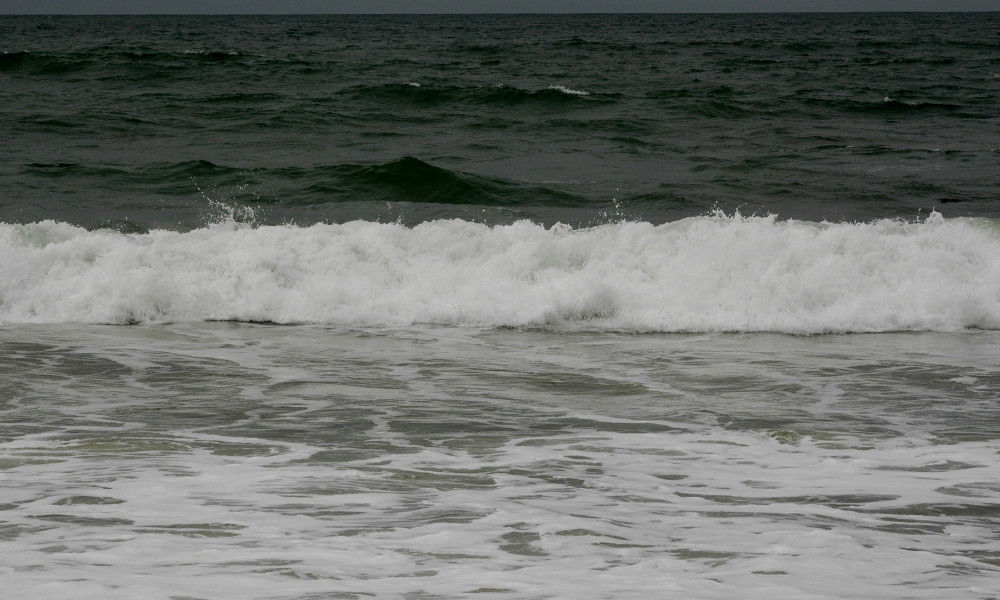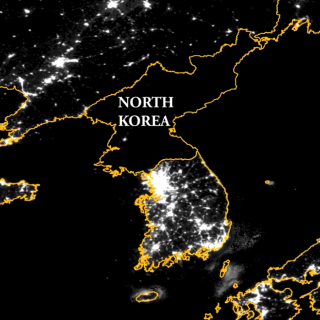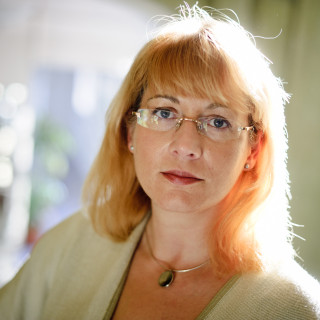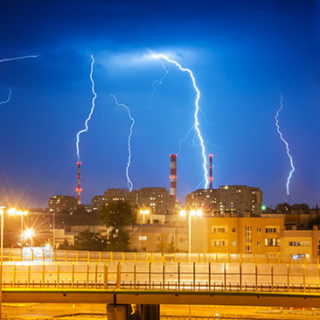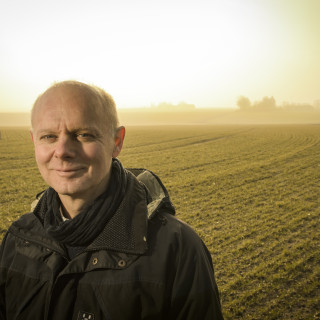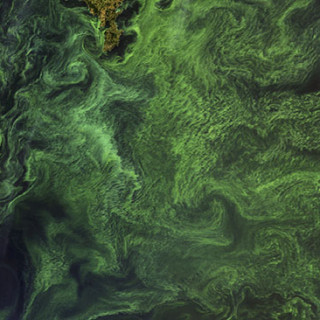Baltic sea ‘dead zones’ increase dramatically
Dead zones in the Baltic Sea have grown to ten times their size over the last 115 years, according to a major study involving Lund University researchers.
Together with an international team of scientists, Professor Daniel Conley at Lund University found that the ‘dead zone’ has grown from about 5,000 km2 in 1900 to more than 60,000 km2, making it the largest human-induced low oxygen zone in the world.
“While we have known that deeper parts of the Baltic Sea have a lack of oxygen, with our new approach we were able separate the effects of climate, saltwater inflows and nutrients”, says Professor Conley.
“We show that nutrient inputs are the primary cause of the severe hypoxia situation we have today. We also see indications of higher deep water temperatures in recent years that may have had an additional effect.”
The researchers developed a new method of using sparse data on oxygen concentrations to determine oxygen trends in the Baltic Sea over the last century. They examined historical oxygen levels in the deep waters, analysing the different processes that affect oxygen concentrations in bottom water.
Sufficient oxygen in bottom waters is necessary for a well-functioning healthy ecosystem with less algal blooms in the water. The lack of oxygen leads to the death of organisms that live on the seabed. Scientists attribute the increase in hypoxic areas to elevated nutrient levels from the use of fertilisers, large animal farms, the burning of fossil fuels, and effluents from municipal wastewater treatment plants.
“Politicians from around the Baltic Sea must immediately implement the national reductions for nutrients that have been agreed upon in the Baltic Sea Action Plan. If actions are postponed further, the situation in the Baltic Sea will continue to worsen,” concludes Daniel Conley.
Text: Lena Björk Blixt
Published: 2014
Facts
-
Daniel Conley
-
Daniel Conley is a Professor at the Department of Geology at Lund University. His research focuses on the changes that occur in marine systems because of human impact, nutrient inputs and climate change.


